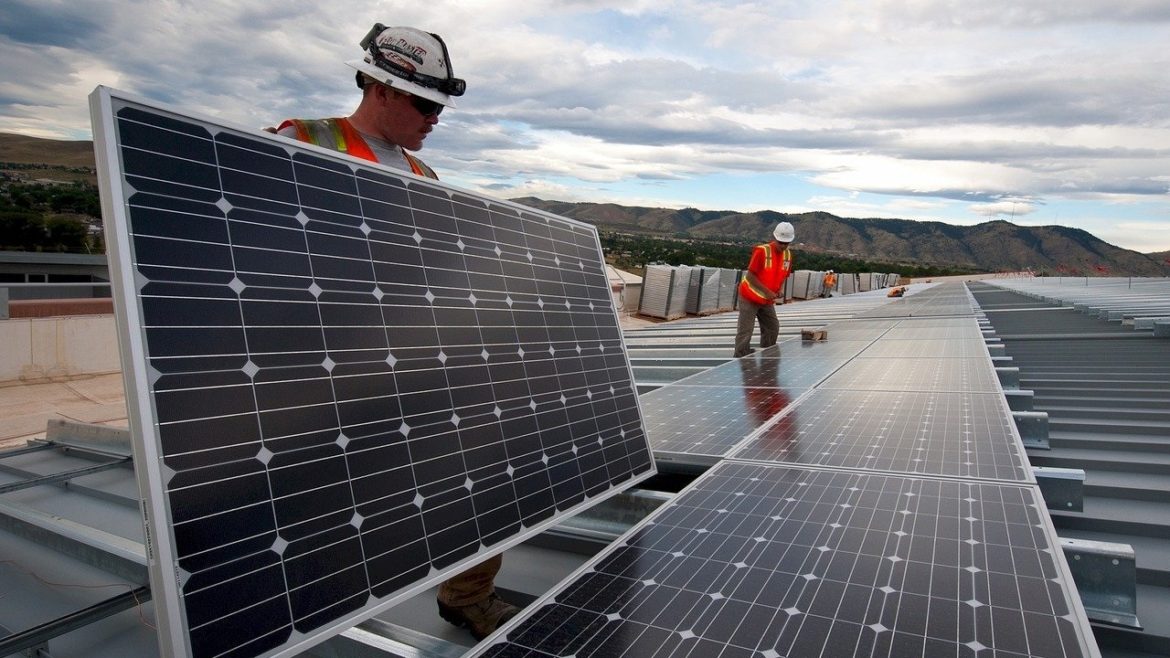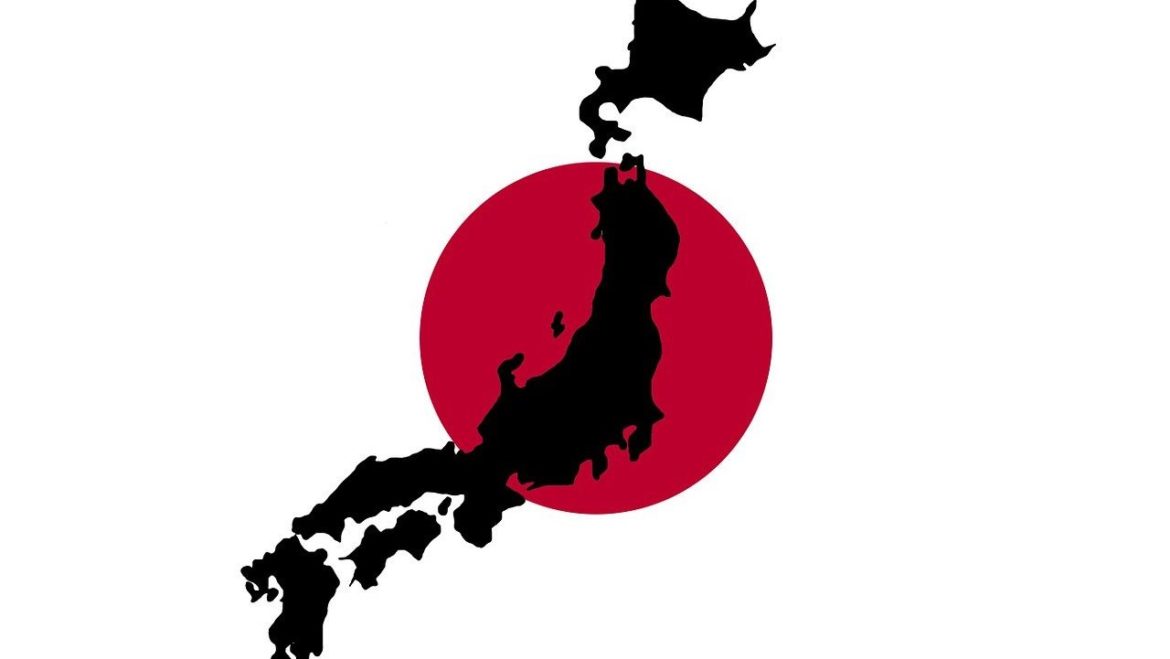Gold has all the potential to go unprecedentedly high. But silver will be gold on
Site:
Precious metals news
Nov 1, 2023 - 08:54:54 PDT
Larry Summers warned that the U.S. faces an unprecedented economic challenge with a federal budget deficit of $1.7 trillion, or 5.3% of GDP, significantly higher than the 40-year average. He emphasized the criticality of tax law enforcement, especially when fiscal deficit is skyrocketing. The deficit issue is graver than ever, and despite support for the Inflation Reduction Act aimed at addressing this through IRS funding increases, there's concern that proposed cuts in IRS funding could exacerbate the deficit situation further.
 Stanley Druckenmiller Warns: Government Needs to Stop Spending Like ‘Drunken Sailors'
Stanley Druckenmiller Warns: Government Needs to Stop Spending Like ‘Drunken Sailors'Nov 1, 2023 - 08:50:16 PDT
Stanley Druckenmiller lambasted U.S. fiscal policies, citing the government's failure to capitalize on past low interest rates and its "reckless spending," which has ballooned the deficit to nearly $1.7 trillion. He pointed to the increase in government spending from 20% to 25% of GDP as unsustainable, emphasizing the dire need for financial discipline in the face of a national debt nearing $34 trillion. Druckenmiller's disapproval extends to recent requests for an additional $56 billion in government expenditure.
Nov 1, 2023 - 08:43:37 PDT
Mortgage applications fell 2.1% from the previous week, with refinancing down 4% and purchase applications down 1% seasonally adjusted. Year-over-year, refinancing is down 12%, and purchase activity is 22% lower, hitting a level not seen since 1995. Refinancing is at its lowest since 2001. Meanwhile, two-year yields have increased by 5%, but there's a pause in rate hikes expected for now.
 Bidenomics of Goalseeking Continues to Out Do Itself: US Job Openings Unexpectedly Rose
Bidenomics of Goalseeking Continues to Out Do Itself: US Job Openings Unexpectedly RoseNov 1, 2023 - 08:23:50 PDT
September's JOLTS report showed a slight rise in job openings by 56,000 to 9.553 million, slightly above expectations but with significant revisions to prior data. Despite higher job openings, hires increased marginally, and quits remained stable, not reflecting the optimism of previous months. The report's credibility is questioned due to a record low response rate of 31%, suggesting that most job opening data is estimated. The market largely ignored the JOLTS data, influenced more by other negative labor market indicators.
 Inflation Accelerated, Demand Muted, Jobs Cut: Manufacturing Surveys Scream Stagflation
Inflation Accelerated, Demand Muted, Jobs Cut: Manufacturing Surveys Scream StagflationNov 1, 2023 - 08:17:26 PDT
U.S. manufacturing is contracting, with the ISM survey dropping to 46.7 in October, hinting at a potential GDP decline. Firms face weak demand, leading to the first job cuts in over two years and reduced output forecasts. Rising costs are driving up inflation in the sector, and tightening financial conditions suggest further deterioration ahead.
Gold remains steady, with the market anticipating Federal Reserve Chair Jerome Powell's insights on future rate adjustments, maintaining investor interest in the metal as a potential hedge against economic uncertainty. Despite a slight pullback from recent highs above $2,000, the precious metal's value is buoyed by government debacles and geopolitical tensions.
The U.S. Treasury Department is ramping up debt auction sizes to manage its soaring debt amid rising financing costs, with yields at their highest since 2007. Next week's auctions aim to raise additional funds, with increased future auction sizes signaling potential for even higher yields and market stress. This move reflects concerns over maintaining demand for Treasury securities as the Fed fights inflation.
Japan's government is rolling out a 37.4 trillion yen stimulus package, including tax cuts and low-income support, to combat inflation and support wage increases. Despite these efforts, Prime Minister Kishida's popularity is waning, with public skepticism about the package's effectiveness as real wages fall for the 17th month in a row.
 Zombie Firms Are Increasingly Filing for Bankruptcy as the Fed Commits to Higher Rates
Zombie Firms Are Increasingly Filing for Bankruptcy as the Fed Commits to Higher RatesNov 1, 2023 - 06:09:26 PDT
In 2023, 516 U.S. firms went bankrupt amid increasing 'zombie firms'—companies surviving on debt despite low sales. The IMF suggests this trend negatively impacts the economy. While some banks have propped up these firms, the Fed observes a shift towards healthier corporate balance sheets and continued high-interest rates, suggesting a tougher environment for at-risk businesses.
Nov 1, 2023 - 06:02:55 PDT
Increased benefits such as extra vacation and family leave contribute to labor shortages and lower productivity. Data shows that while average hours paid per job rose during the pandemic, actual hours worked have been declining since 2015, with a widening gap due to more paid time off. Despite higher benefits, real earnings are falling when adjusted for inflation, pointing to a drop in productivity and inflationary pressures.
For the third consecutive month, ADP's job addition figures fell short, with October adding only 113k jobs versus the expected 150k. This underperformance comes after a significantly lower ADP number in September compared to BLS data. The discrepancy continues, with ADP's number well below BLS's anticipated +180k. Service sector hiring remained prevalent, but significant wage increases are now considered a thing of the past. Professional and business services reported job losses again, and overall wage growth has been on a decline for 13 months, the weakest since Q3 2021, despite remaining above the Fed's inflation target.
Silver is expected to play a significant role as the "green economy" evolves. The Silver Institute recently participated in a panel discussion titled “Silver’s Role in the Green Economy” at the London Bullion Market Association’s Global Precious Metals Conference in Barcelona, Spain.This is one of several silver-related stories in the latest edition of Silver News published by the Silver Institute.
Japan is in the midst of a slow-motion train wreck. The country has a massive national debt and it is starting to feel the pressure of rising interest rates. In his podcast, Peter Schiff talked about the situation in Japan and pointed out some disturbing parallels to what's happening in the US.
 GOLD MINING INDUSTRY MASSIVE COST OF SALES INFLATION: World's Largest Gold Mining Company's Costs Surge
GOLD MINING INDUSTRY MASSIVE COST OF SALES INFLATION: World's Largest Gold Mining Company's Costs SurgeNovember 1, 2023
Investors have no idea how the ENERGY CLIFF is already impacting the cost of producing gold. The world's largest gold mining company is struggling to remain profitable as the production costs have surged over the past five years, much higher than energy price inflation...
 Strategists at TD Securities: Gold to Move Sustainably Into $2,100 Plus Territory
Strategists at TD Securities: Gold to Move Sustainably Into $2,100 Plus TerritoryOct 31, 2023 - 12:49:43 PDT
If geopolitical tensions avoid major oil regions, the Fed's current high-rate stance may dampen gold's safe-haven demand temporarily. However, as the Fed eases its policy, central banks continue their robust gold purchases, and the U.S. dollar weakens, expect gold to surge past $2,100 with strong momentum.
The Retail Apocalypse: Post-pandemic, American storefronts remain empty, not just due to COVID-19 but banking rigidity. Banks control retail rents, stopping landlords from adjusting them to market demands. This results in long-lasting vacancies despite the potential for lower rents to attract tenants. Landlords are trapped by bank-imposed financing terms that discourage leasing to anyone but 'credit tenants' like national chains. The financial system is failing cities, prioritizing empty spaces over vibrant communities.
Lending for commercial real estate has nosedived amid rising interest rates, marking a grim period not seen since 2011. Banks are pulling back, debt markets are stagnant, and property values are under scrutiny. This pullback in lending is hitting all sectors, especially offices, with refinancing becoming costlier and new developments stalling. The market is facing its most significant challenges since the 2009 downturn, with recovery prospects bleak.
Oct 31, 2023 - 12:18:13 PDT
Sky-high mortgage rates and soaring home prices are plunging the U.S. housing market towards recession. With borrowing costs at a 20-year peak and affordability crumbling, Wells Fargo warns of a bleak future akin to the troubled 1980s. Demand is drying up, construction is stalling, and the once resilient market faces a prolonged downturn.
Central banks around the globe have aggressively ramped up their gold reserves this year, purchasing a staggering 800 tons in the first nine months, including substantial amounts of unreported buying. Notably, China, Poland, and Singapore have been leading this charge. This surge in central bank demand has been a key pillar supporting gold prices against the headwinds of global monetary tightening, with the precious metal peaking over $2,000 an ounce. As geopolitical tensions rise and inflation concerns loom, gold's allure strengthens, inching it closer to its all-time high record.
 Inflation Expectations Jump: Conference Board Confidence Weakens Again In October
Inflation Expectations Jump: Conference Board Confidence Weakens Again In OctoberOct 31, 2023 - 07:20:24 PDT
Consumer confidence plunges continuously, hitting a new low since May, as inflation fears and political instability rattle households across all ages and incomes. Rising grocery and gas prices, higher interest rates, and Middle East turmoil feed the gloom. Despite steady job availability, the overall outlook is bleak, with soaring inflation expectations and a persistent belief that a recession looms. Meanwhile, business conditions worsen, evidenced by Chicago PMI's contraction—the longest since the early 2000s—underscoring the grim economic landscape under current policies.






